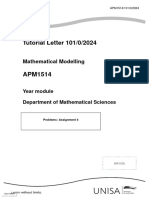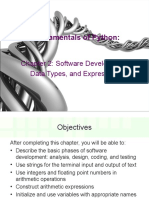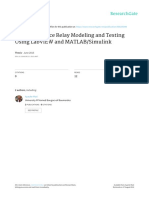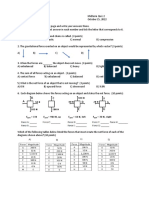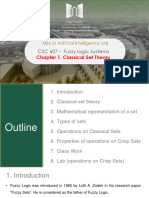0% found this document useful (0 votes)
11 views3 pagesClass9 Physics Motion Force Notes
Chapter 7 of Class 9 Physics covers the concepts of motion, including types of motion, distance vs. displacement, uniform vs. non-uniform motion, speed vs. velocity, acceleration, and equations of motion. Chapter 8 discusses force and Newton's laws of motion, explaining the effects of force, inertia, and momentum, along with the law of conservation of momentum. Both chapters provide foundational knowledge essential for understanding the principles of physics.
Uploaded by
vaishnavispamzzCopyright
© © All Rights Reserved
We take content rights seriously. If you suspect this is your content, claim it here.
Available Formats
Download as DOCX, PDF, TXT or read online on Scribd
0% found this document useful (0 votes)
11 views3 pagesClass9 Physics Motion Force Notes
Chapter 7 of Class 9 Physics covers the concepts of motion, including types of motion, distance vs. displacement, uniform vs. non-uniform motion, speed vs. velocity, acceleration, and equations of motion. Chapter 8 discusses force and Newton's laws of motion, explaining the effects of force, inertia, and momentum, along with the law of conservation of momentum. Both chapters provide foundational knowledge essential for understanding the principles of physics.
Uploaded by
vaishnavispamzzCopyright
© © All Rights Reserved
We take content rights seriously. If you suspect this is your content, claim it here.
Available Formats
Download as DOCX, PDF, TXT or read online on Scribd
/ 3































































